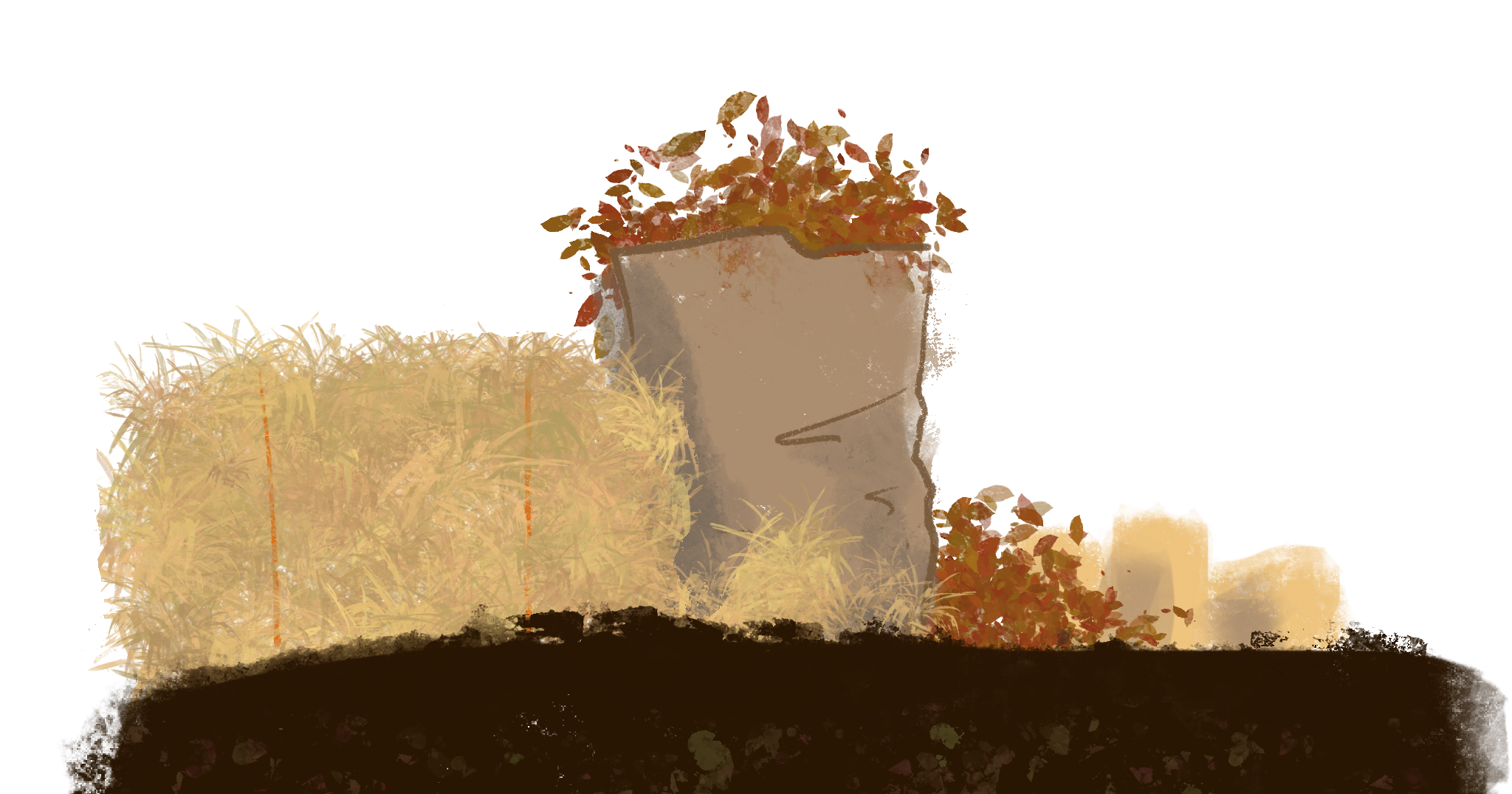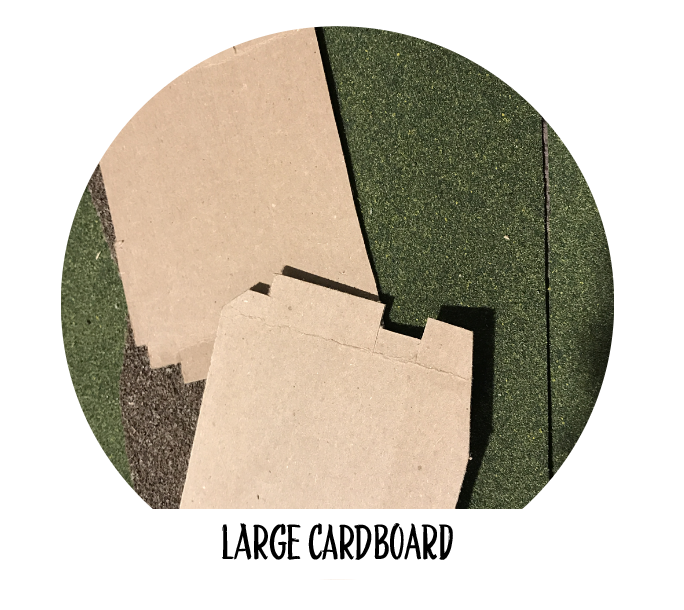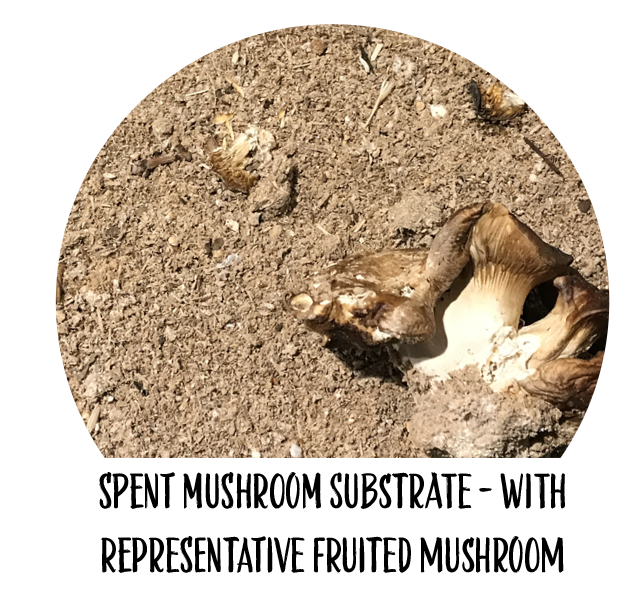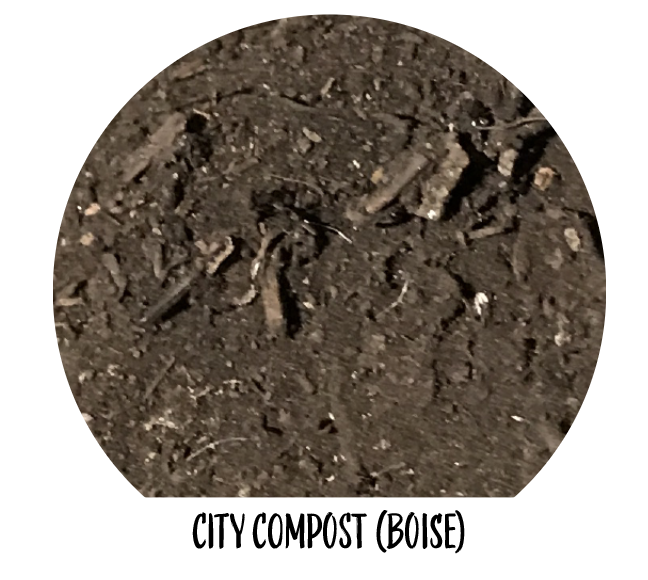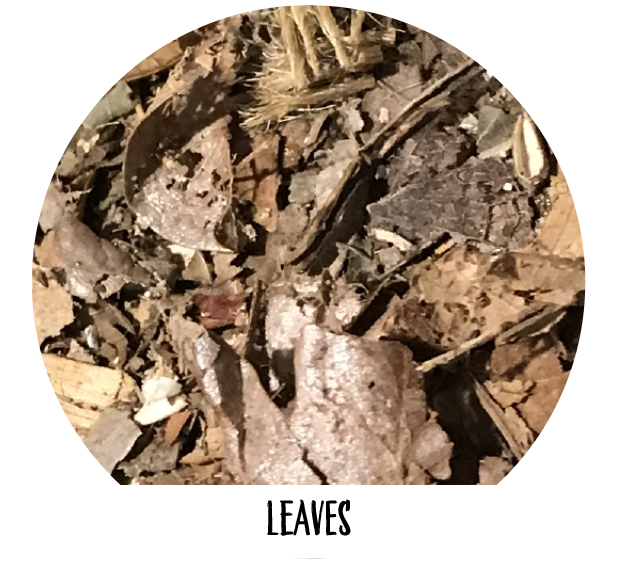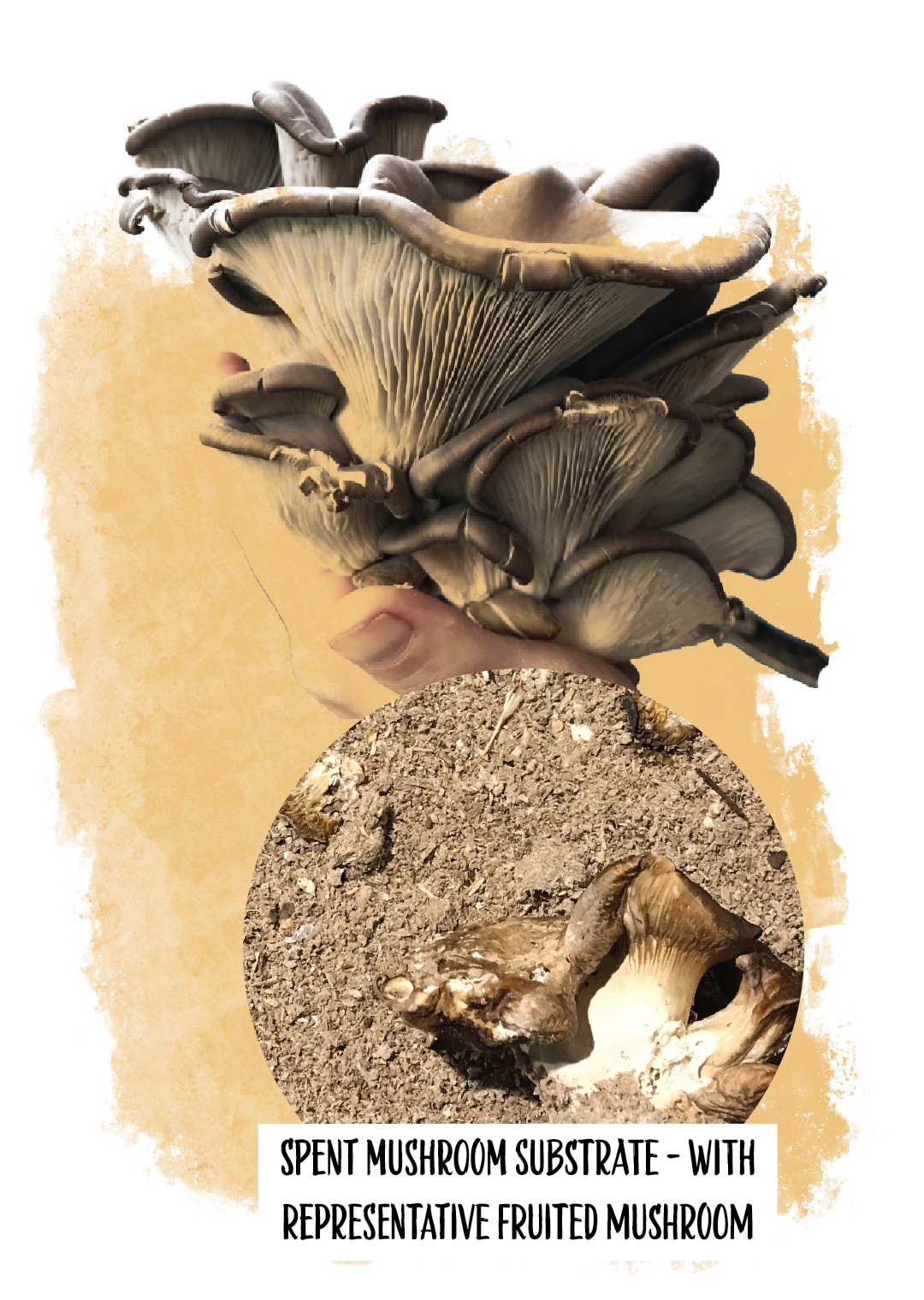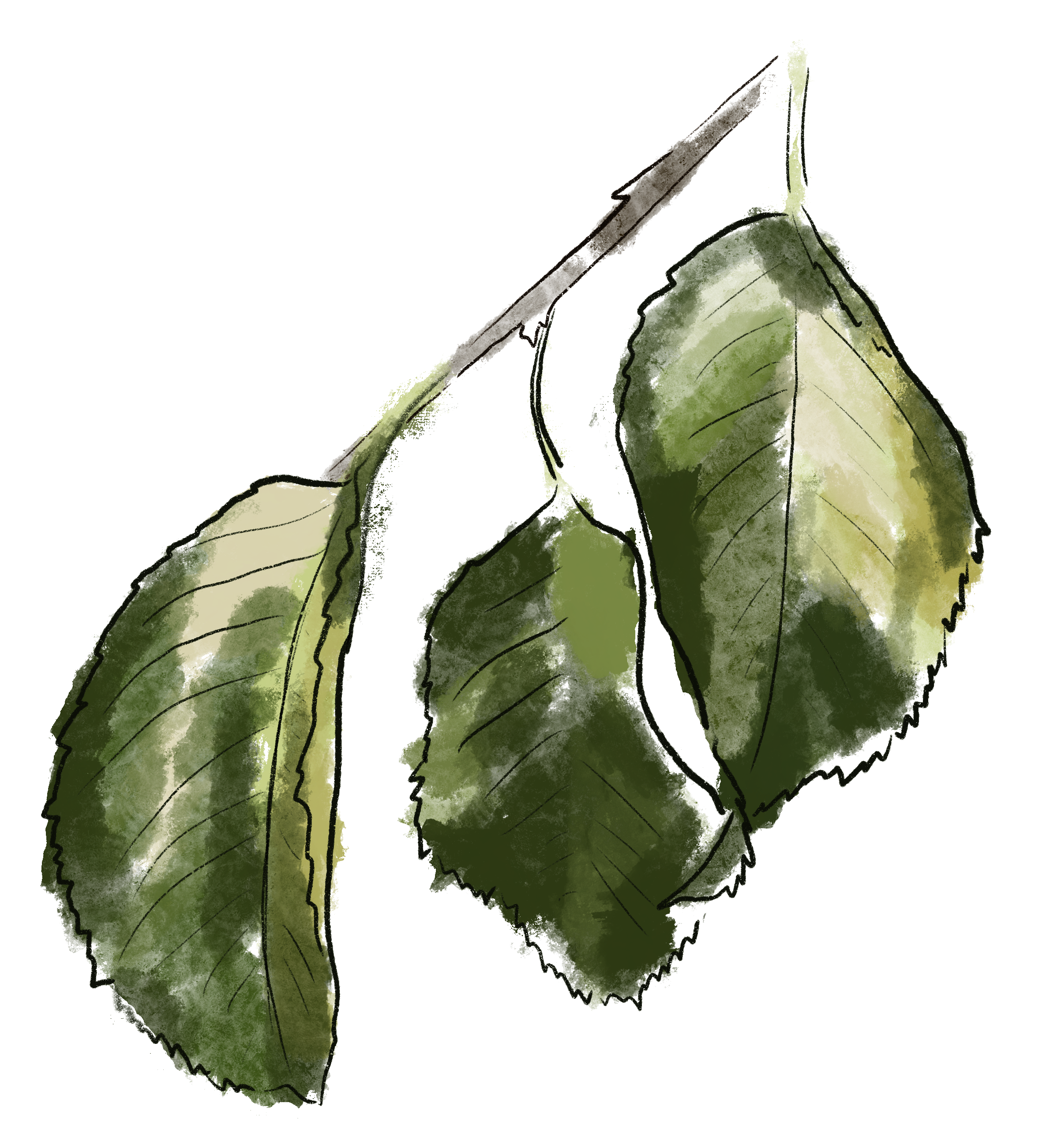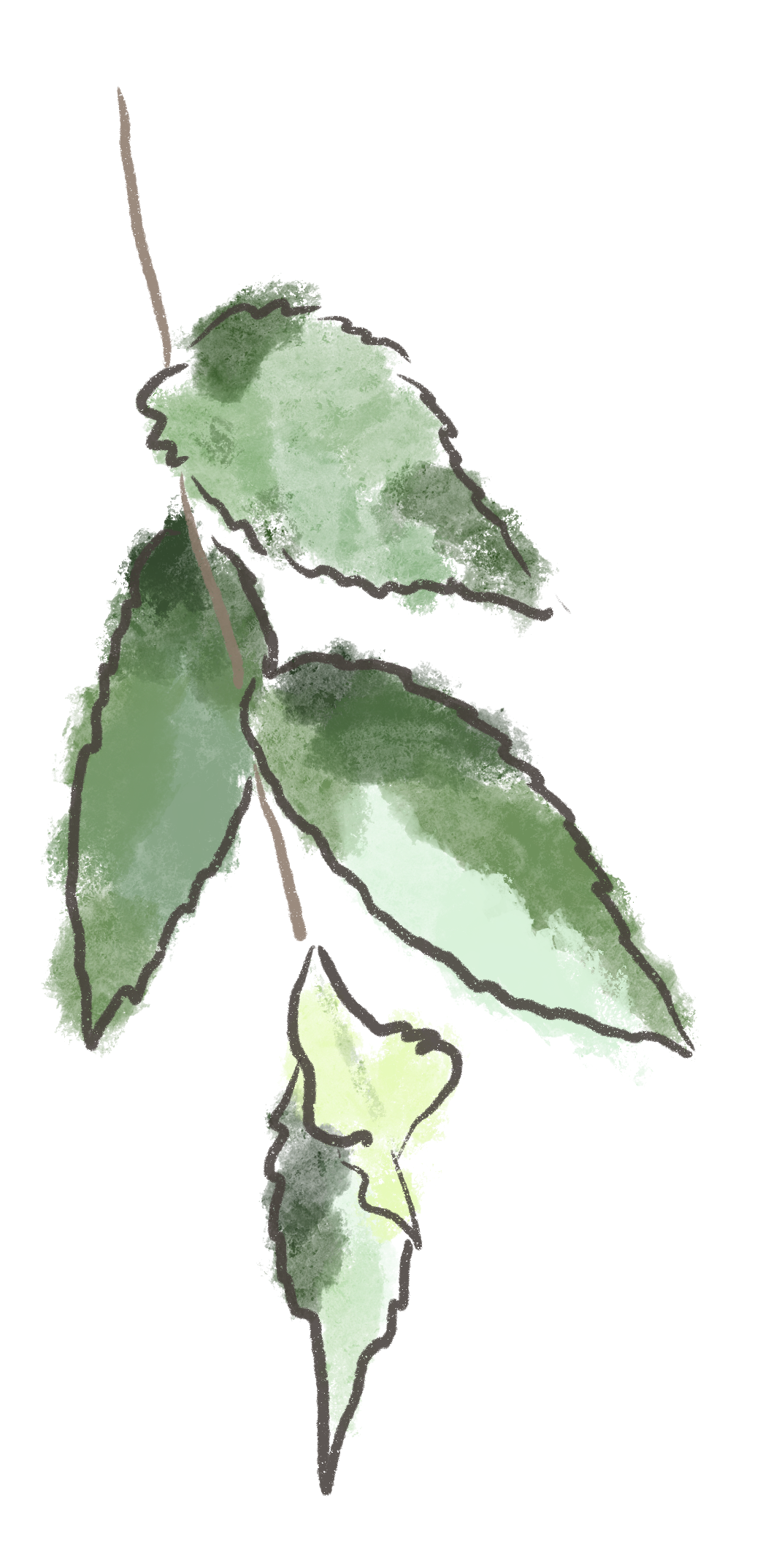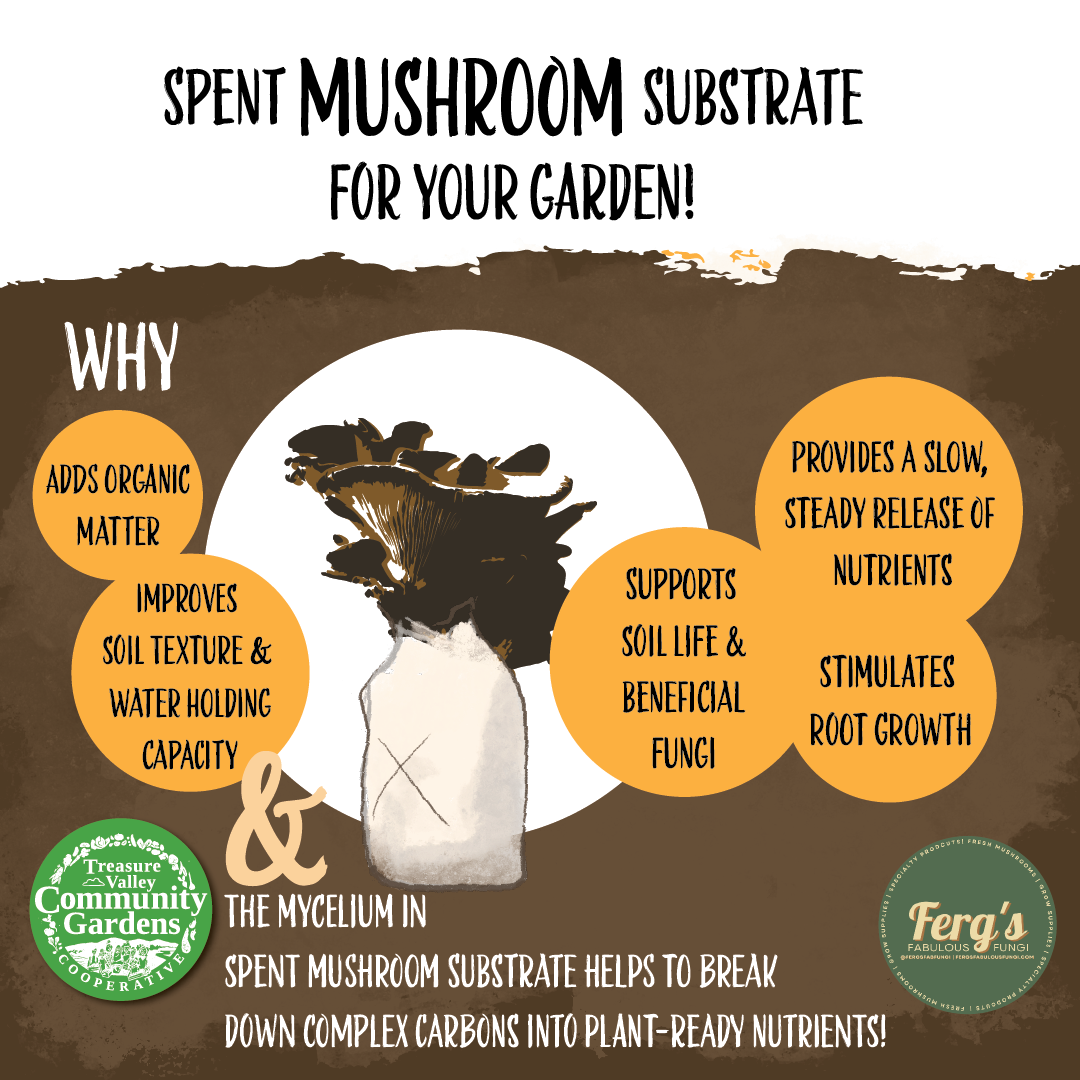Lasagna Gardening: Feeding the Soil While You Wait
Lasagna gardening (also called sheet mulching) is one of the easiest ways to turn lawn into a garden. The idea is simple: layer organic matter like you would a compost pile, and let the soil organisms do the work for you.
Why It Works
Blocks grass and weeds
Feeds earthworms, fungi, and microbes
Builds deep, fertile soil without tilling
Step 1: Base Layer
Lay down plain cardboard or thick newspaper to smother grass.
Avoid glossy or waxy coatings.
Furniture stores, large appliance stores, or bike shops are great sources for big boxes.
Overlap edges so weeds don’t sneak through.
Over time, the cardboard breaks down, leaving soft, aerated soil beneath.
Step 2: Add Fertility
Spread city compost, aged manure, and, if you can access it, spent mushroom substrate (SMS) directly on top.
This jump-starts soil life under the cardboard.
Step 3: Alternate Layers
Build alternating “brown” and “green” layers:
Browns: straw, leaves, shredded paper, or old hay
Greens: manure, kitchen scraps, grass clippings, mushroom substrate
Keep stacking until you reach 12–18 inches deep.
Step 4: Cap and Cover
Add a 2–4 inch layer of compost or soil on top.
Avoid fill dirt—go with garden or nursery soil.
City compost is available free from multiple Boise locations.
A thin layer of aged manure beneath woodchips can help them break down faster.
Chop up leaves before topping with straw or hay to keep them in place.
Tip: Run over a pile of leaves with your mower—or help a neighbor and collect theirs!
When to Plant
Lasagna beds are ideal for fall preparation, setting up rich soil to work with in 4–6 months.
Late winter → early spring: Once the top layers have mellowed (often late February–March), you can direct-seed cold-tolerant crops like radish, arugula, or lettuce.
The sod underneath will have decomposed enough for planting.
Use row cover or a cold frame to warm the surface and speed germination.
Using Spent Mushroom Substrate (SMS)
Spent mushroom substrate is what’s left after mushrooms are harvested — usually a mix of straw, sawdust, manure, and fungal mycelium. It’s rich, spongy, and full of organic matter.
Why Use It?
Adds organic matter and improves soil texture
Helps to process the materials you’re adding to your garden, especially all the layers you’re building!
Still contains nutrients mushrooms didn’t use
Introduces beneficial fungi
Can stimulate root growth and help break down complex carbon compounds
Need some? We recommend Ferg’s Fabulous Fungi in Caldwell — free pickup or affordable delivery options support the work behind TVCGCoop.
Scheduling: Mid-October through Mid-November.
Best Leaves for Garden Use
(and a few to avoid)
Top Choices
(Break down quickly, high in nutrients)
Maple Leaf
Maple – soft, high in calcium
Fruit trees (apple, pear, plum, cherry) – thin leaves, great organic matter
Elm & Ash – decompose within 1–2 seasons
Poplar & Cottonwood – light and crumbly
Willow – thin and easy to layer
Cherry Leaves
Good Slow-Breakdown Options
(Add structure & carbon)
Oak – tough, slightly acidic, best if shredded
Beech & Birch – waxy but fine if mixed in
Leaves to Avoid
Avoid Black Walnut Leaves
(Allelopathic or pest issues)
Black Walnut – contains juglone, toxic to many plants
Black Locust – rot-resistant, decomposes slowly
Sunflower – can suppress germination
Eucalyptus – high in oils, decomposes poorly
Leaf Tips
Shred leaves if possible for faster breakdown and less matting
Use as a top layer so they won’t blow away
Mix with “greens” (aged manure, kitchen scraps) to balance carbon
Pile some extra for spring mulch
Ask a friend or neighbor—they may have leaves to share
Mowing is a great way to shred leaves! Bag them up and relocate
🪱 Lasagna gardening builds your soil as you go—it’s forgiving, low-cost, and transforms yard waste into fertile, living ground ready for spring growth.
Want to Learn More About Spent Mushroom Substrate (SMS)?
SMS is a powerful tool that more home gardeners in the Treasure Valley are getting to know. Those of us who’ve used it have seen better soil texture, healthier plants, and higher yields.
If you’re ready to try it out, our fall delivery window runs mid-October through mid-November — and your order directly supports our work!
Growing in a small space?
Order a grow kit from Ferg’s Fabulous Fungi, enjoy your own mushroom harvest, then use the leftover SMS to feed your soil.
Working on a bigger plot?
This is absolutely worth testing — your garden (and the earthworms) will thank you. 🌱
Check out our Fall Gardening & Prep Zine — 🍁 Don’t Wait for All the Tips!
There’s still time to plant — and plenty you can start growing right now in the Treasure Valley. 🥬
Our Fall Gardening & Prep Zine is packed with practical, local guidance to help you extend your season:
🌱 What to plant this month
🧄 Soil-building methods like lasagna layering
🥕 Overwintering and cold-frame ideas
🪴 Companion planting tips that actually work here
Pick up a copy at the Halloween Vegan Market (Oct 25) at Common Ground Coffee & Market — but you can start sooner!
🌿 Printed locally — every purchase helps support the TVCGCoop community garden network.
